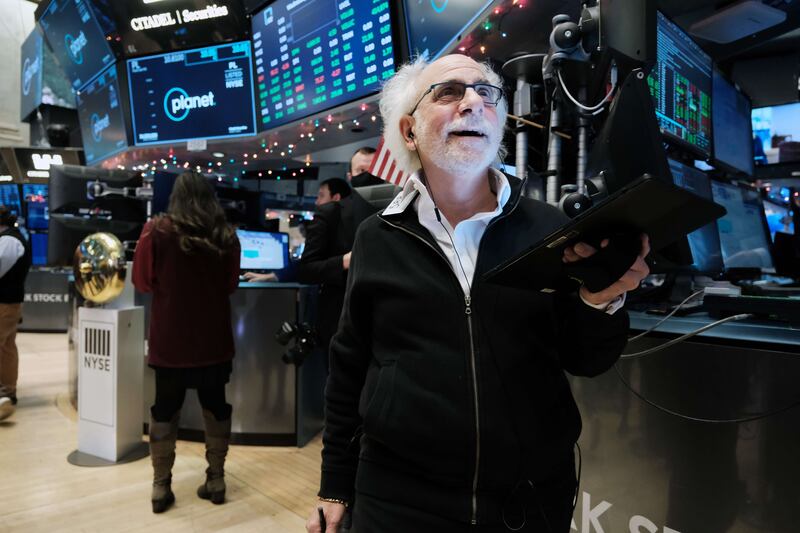It’s been a tumultuous few weeks in financial markets recently. The spread of the new Covid-19 variant, Omicron, perhaps allied with the surprising hawkish turn by the US Federal Reserve to exert large uncertainty on the global economy.
Both growth and inflation outlooks are set be impacted, with continued social restrictions more forcefully derailing activity.
Stock markets, at least, are taking a “glass half-full” approach to the Omicron variant news. The blue-chip S&P 500 index recently closed at a record high after a rise in US inflation fell short of the market’s worst-case forecasts.
Consumer prices climbed 6.8 per cent in November from the same month in 2020, which was the highest increase in 39 years. However, this figure matched economists’ estimates and was a relief for many investors who had readied themselves for a headline print that could have shown a 7 per cent or bigger rise.
We have seen dizzying swings in price action over the past few weeks, which have certainly tested the mettle of traders and investors.
Prices experienced the largest intraday swing in the benchmark S&P 500 since March, with the stock index suffering its worst week of losses in more than a year.
The whipsaw moves have pushed indices up and down in volatile sessions, with markets racked by uncertainty and trading off Covid-19 headlines.
However, the “buy the dip” mantra appears to be the name of the game for many, even though it has been more difficult to implement with the wild market swings.
US stocks have left every other regional market trailing in their wake, with the S&P 500 sitting nearly 120 per cent above its peak during the pandemic last March. That builds on a long period of outperformance since the financial crisis of 2008.
Interestingly, some of this year’s most successful trades – and most hated in the eyes of many market veterans – have started to unravel.
A flagship fund, Ark Invest, run by the “Queen of the bull market” Cathie Wood has been the posterchild of the current technology age and gained nearly 150 per cent last year as investors embraced the theme of “disruptive innovation” in areas such as genomics and artificial intelligence. The fund attracted a huge following of retail investors by pitching aggressive bets on companies and technologies, which she believes will reshape the world. The most famous position has been her holding in Tesla and the results have been spectacular.
But the volatility seen in the broader markets has shaken out some of these more speculative areas and the fund recently dipped into a bear market, down more than 20 per cent from its highs.
Other riskier sectors have also been hit, with cryptocurrencies like Bitcoin down nearly 30 per cent off its peak, and meme stocks such as GameStop and Peloton all hitting the buffers.
As central banks withdraw liquidity, the severity of declines in the riskiest trades may become more pronounced.
Volatility and declining volumes are expected to continue as we head into the holiday season. Thin liquidity normally means wider price swings and the unfolding headlines around Omicron will only exacerbate it.
The broader markets have enjoyed V-shaped recoveries over the past few years as the “fear of missing out” has driven investors on worries that there are few alternatives to stock market returns.
Perhaps it is a lesson in becoming too negative too quickly. The pandemic heightened volatility since viruses aren’t a type of uncertainty the market is accustomed to analysing.
The US Federal Reserve went on record to say that one of the lessons of the Covid-19 era is that the economy has become better at adapting to the pandemic during each successive wave.
That said, we note that the 20 per cent spread in analysts’ 2022 S&P 500 estimates – 4,400 to 5,300 – is the second widest in a decade, which might ensure volatility endures through to the new year.
Hussein Sayed is the chief market strategist at Exinity Group.






